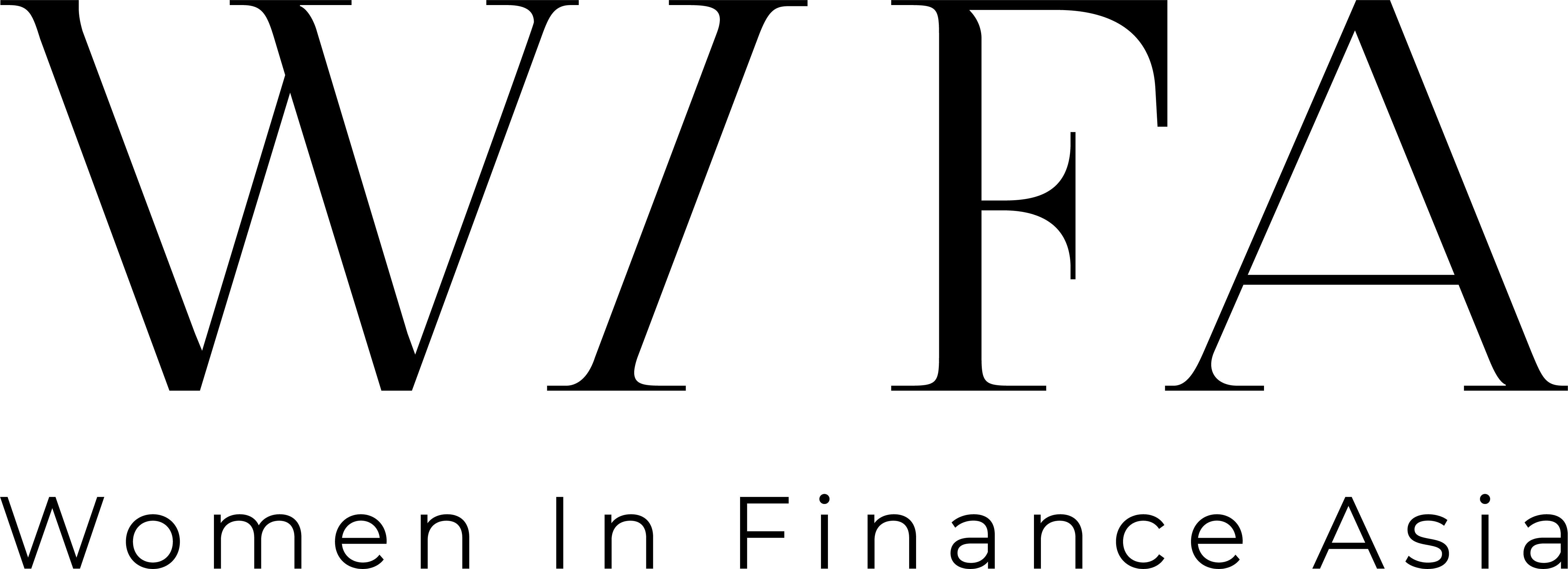What’s new at WWi? Coverage expanded to over 100 companies!
We are the first and only certification regime dedicated to the women workplace policies and practices of listed companies and other employers in Asia. We host the biggest publicly available database of employers’ disclosures on women workplace policies and practices in Asia.
We are here to help and facilitate employers in their journey of tracking and disclosing their women workplace practices as well as to recognise and showcase them for the progress they make from year to year.
Our plan is to increase the disclosure by 50 companies each month. Please help us to spread the word and get your institution to join the WWi certification family today!
Get in touch: WWi (womenworkplaceindex.com)
Topic in focus: Women on boards
It is getting imminent.
HKEX has decided to put an end to single-gender boards in Hong Kong and has mandated that all listed firms have at least one female board director by January 2025.
The deadline is looming. However, as of the latest information from HKEx, about 15% (about 400) of all listed companies have yet to comply.
From WWi’s own coverage of companies (see details), 8% still does not have female representation on board and at least 31 of the companies only have 1 female director on board.
How does Hong Kong compare with other major global stock markets?
The facts are telling.
If you look at the latest numbers from MSCI. Hong Kong lags well behind most of the “developed markets” in the world. As of late 2023, the overall percentage of total board seats held by women for constituents in the MSCI World Index was 33% vs only 19% for HSI constituent companies in Hong Kong, according to the latest figures from HKEx.
While Hong Kong is still lingering under the 20% mark, meanwhile in Europe, a landmark and meaningful stride has been achieved in 2022 when the European Parliament ruled that at least 40% of non-executive directors or 33% of all board director posts at firms with more than 250 employees should be held by women by July 2026.
In fact, in Britain, the FTSE 350 companies have already achieved that level last year. In the US, the share of female directors in the S&P 500 constituent companies increased to 32% in 2023. In France, New Zealand and Norway, female representation on boards
is approaching 50%.
It is not hard to see Hong Kong still has a long way to go.
How about other Asian regions/cities?
Hong Kong does not fare too well versus them either.
According to the latest figures from HKEX as of June 2024, women hold only 18.9% of all board seats for HSI constituent companies and 18.2% for non-HSI constituents in Hong Kong.
Markets like Malaysia (30.6% for the top publicly listed companies by market capitalisation), Singapore (23.7%) and India (over 20%) are well ahead, although Japan and South Korea remain the outlying laggards in this regard.
This single gender-board struggle in Hong Kong is still very much premised on the lack of awareness, the lack of disclosure and the lack of accountability on the part of the employers. Much more needs to be done on women workplace policies facilitating the recruitment and retention of female talents and their promotion into executive and board positions.
Is Hong Kong late in the game? What do we need to do?
It’s better to be late than never.
While board gender quotas are useful and effective in ensuring compliance, it is only a good start but more needs to be done. Unless corporate culture or the pattern of corporate behaviour is changed, quotas will only set ceilings or create tokenism.
We believe that more public disclosures by corporates of their women workplace policies and practices are key to bring about a shift in corporate culture. Public disclosures impose a subtle obligation on corporates to improve on their practices and also facilitate sharing of best practices. Disclosures in this regard should not be limited to simple female representation percentages in executive and non-executive roles or the related targets and timelines but more generally on measures to build in gender equality throughout the business, from recruitment, promotion and retention of women executives to training and support of female talents to ensure there is a good pipeline for succession.
Indeed, this is what we, at Women Workplace Index, seek to promote and achieve. By taking a more strategic and holistic approach beyond just advocating quotas, we hope we can help in changing corporate attitudes in this regard.
